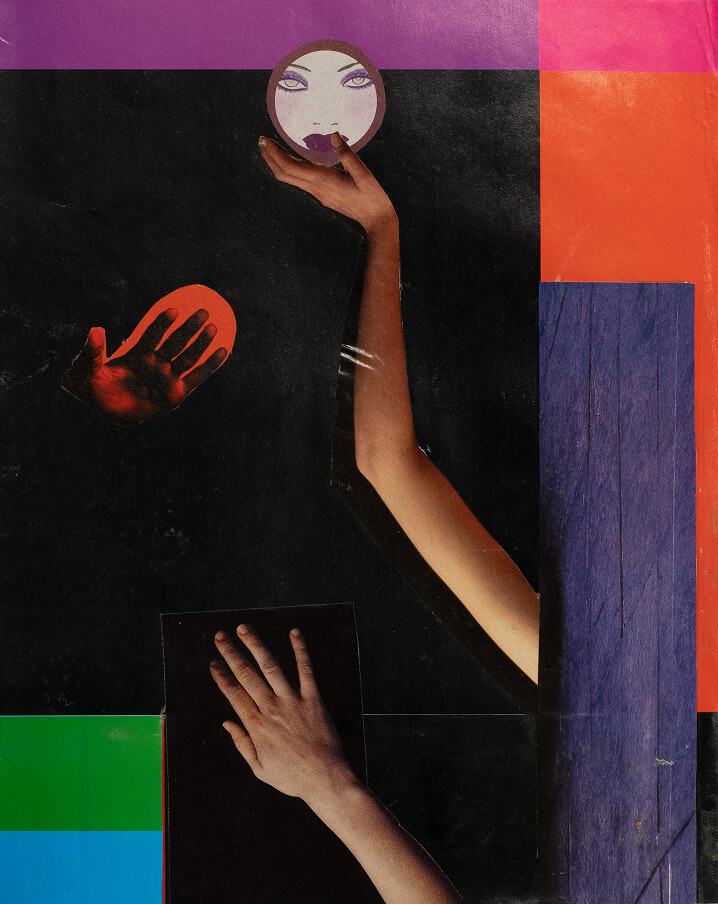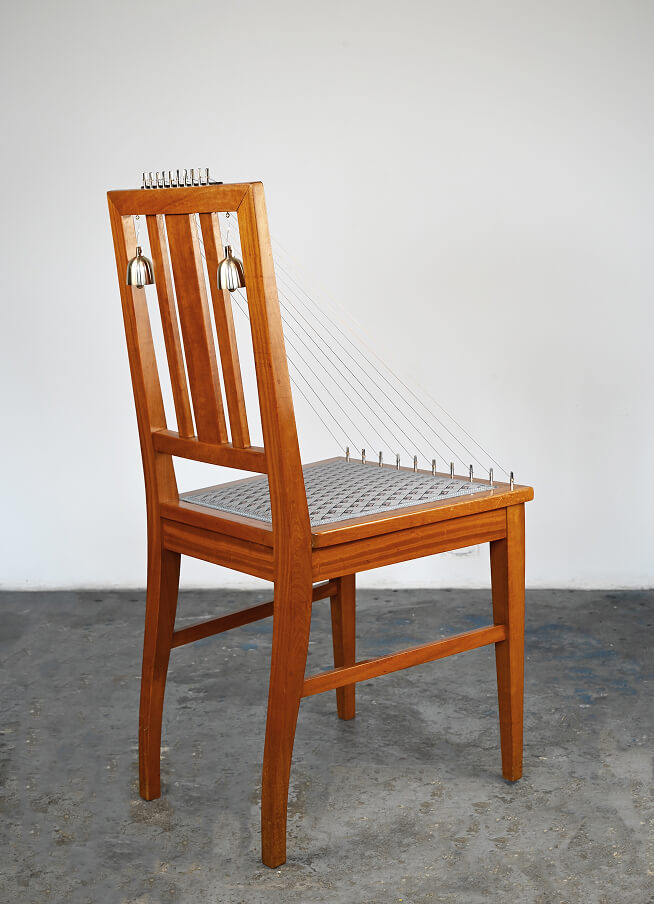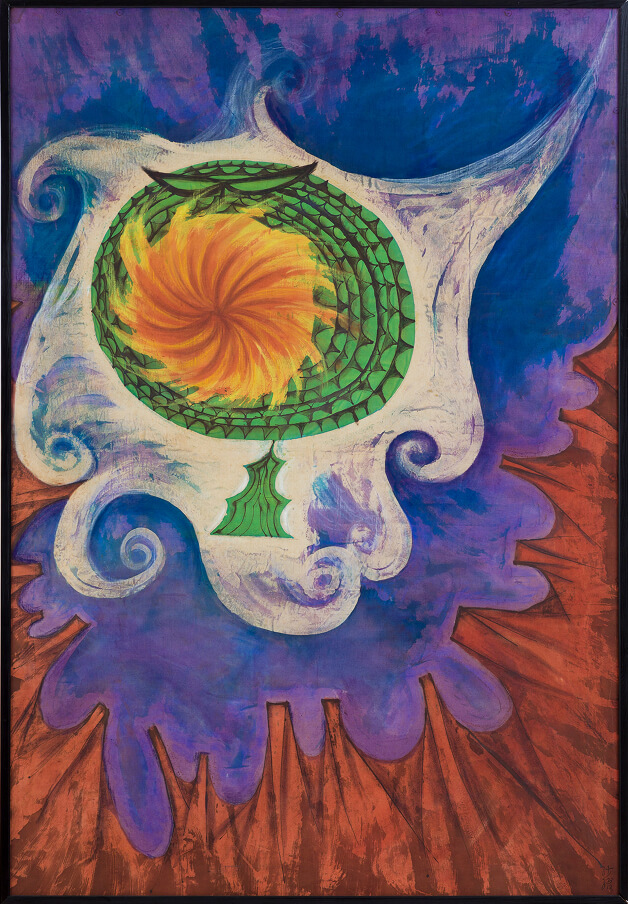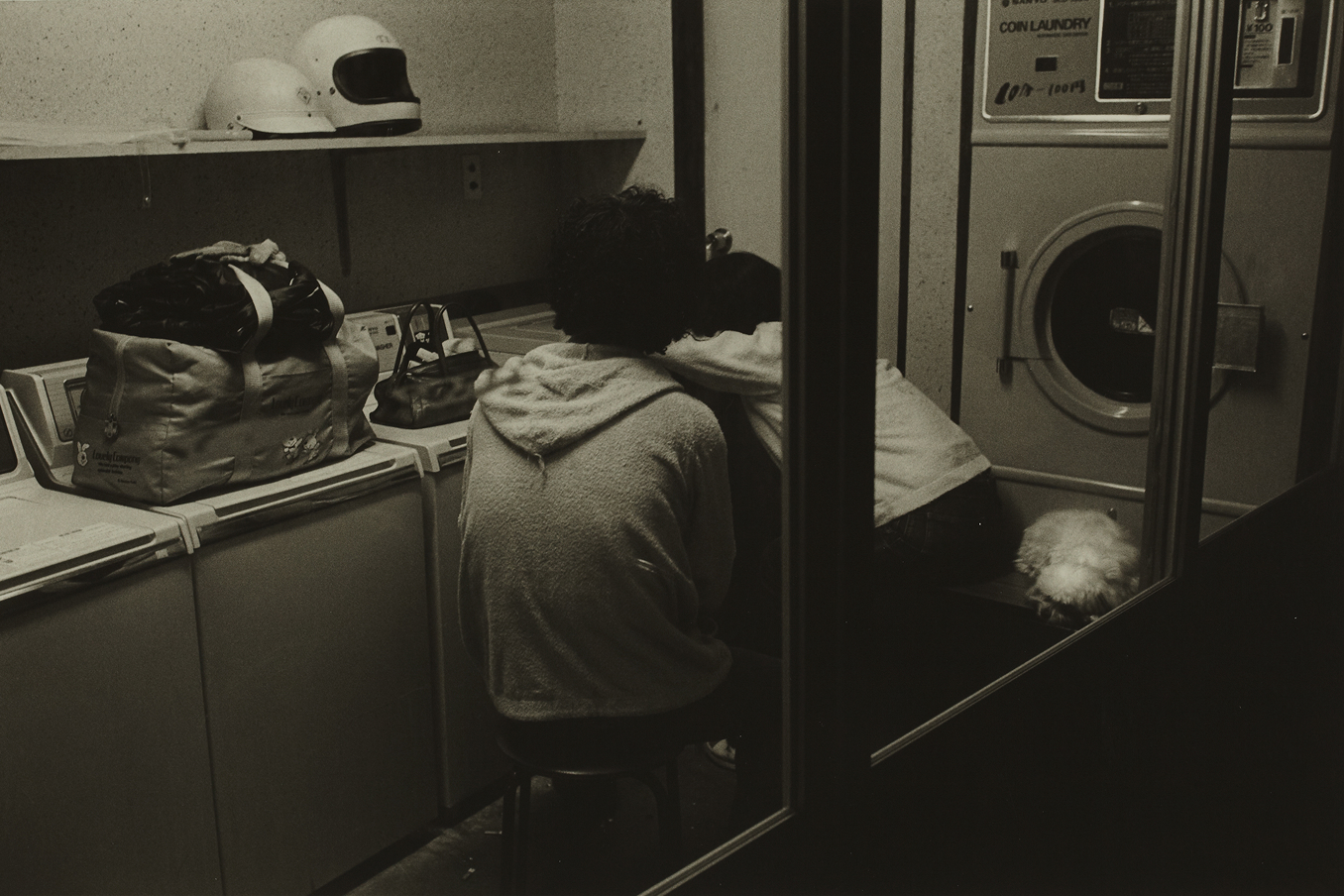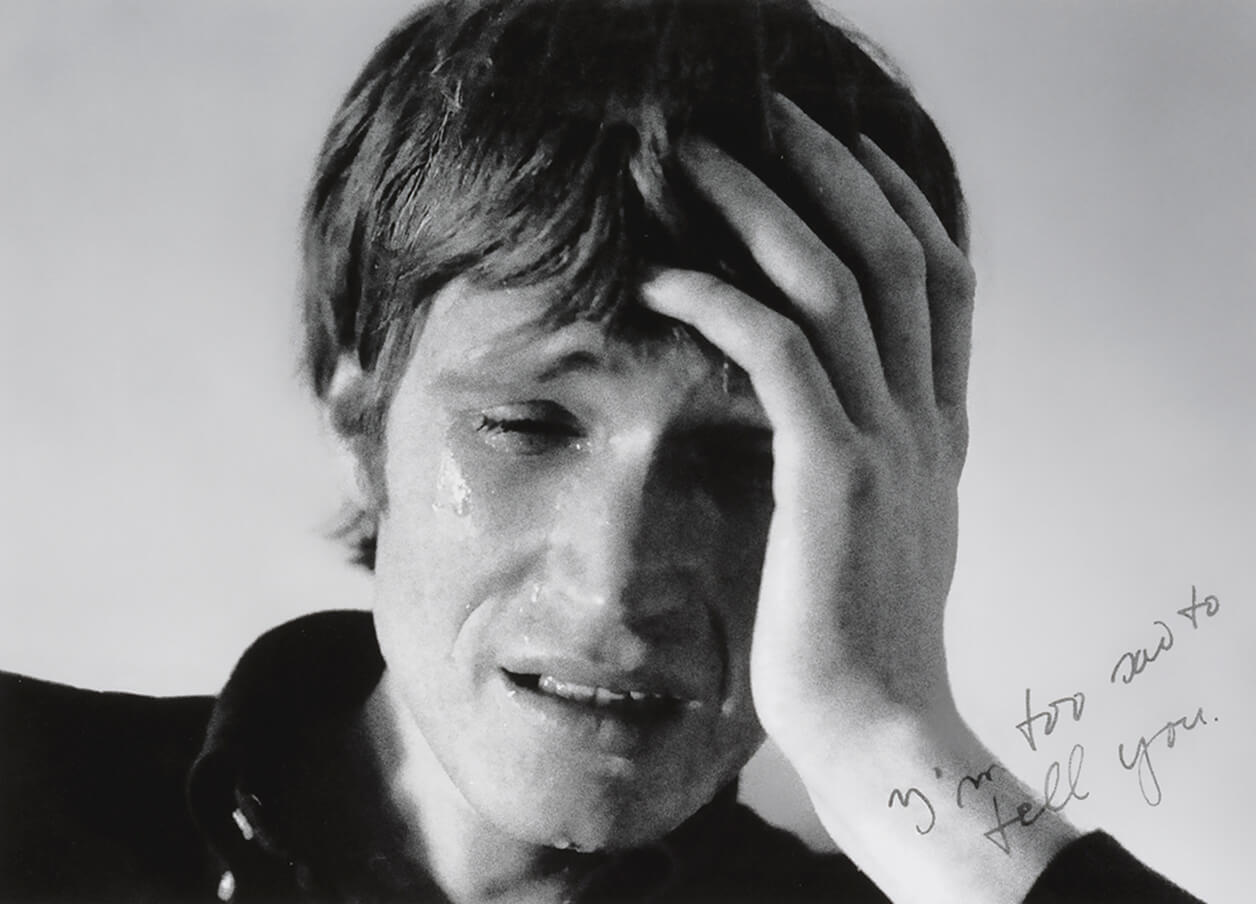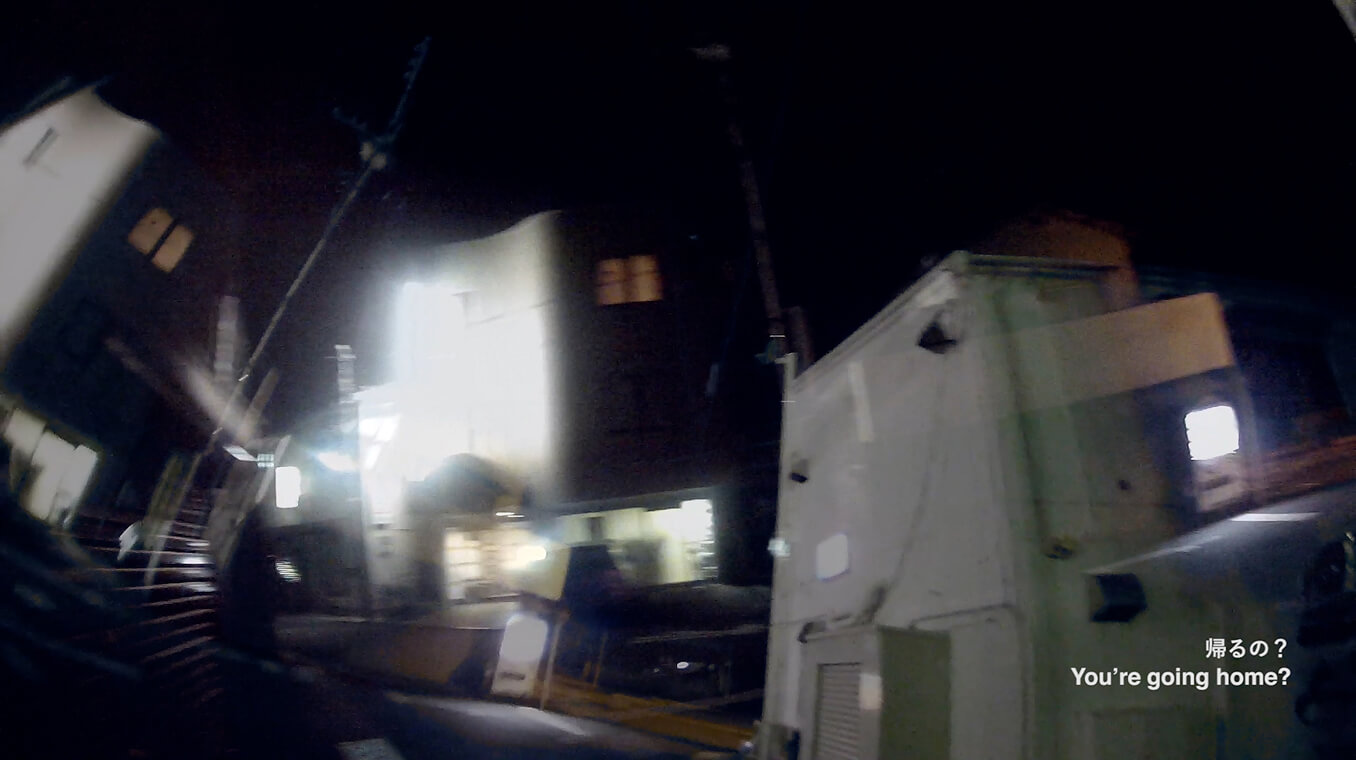AWT FOCUS
WHAT IS
REAL?
Curated by Adam Szymczyk
AWT Focus is Art Week Tokyo’s centerpiece special platform. The exhibition invites a guest curator to experiment with new narratives of modern and contemporary art through works drawn from Art Week Tokyo’s participating galleries.
This year’s edition of AWT Focus is curated by Adam Szymczyk, a curator, author, and editor based in Zurich who was previously the artistic director of documenta 14 in Athens and Kassel from 2014 to 2017 and the director and chief curator of Kunsthalle Basel from 2003 to 2014. “What Is Real?” brings together some 100 works by more than 50 artists representing diverse generations and geographies. Featuring paintings, sculptures, photographs, videos, and more, the exhibition revisits the predigital imaging of the 20th and early 21st centuries to see how artists’ responses to the reality of human experience have shifted over time and to understand how we might collectively approach a coming epoch in which powerful new technologies have the capacity to reshape our perceptions of what is real and what is not.
AWT Focus is hosted by the Okura Museum of Art, which was founded in 1917 as Japan’s first private art museum. Szymczyk will incorporate the historic building into the display through an exhibition design conceived in collaboration with architect Hiroyuki Kimura.
CURATORIAL STATEMENT
“What Is Real?” is an exhibition that explores diverse ways of gesturing toward the “real,” as articulated in works of modern and contemporary art.
In its historical trajectory, realism—in painting, sculpture, photography, cinema, and other forms of expression—emerged as a mode of representation to critically address social and political issues, and it carried a progressive agenda: two centuries of struggle for the Real, from Honoré Daumier (1808–1879) and Gustave Courbet (1819–1877) to Katsura Mochizuki (1886–1975) and Toshiko Akamatsu (1912–2000; also known as Toshi Maruki). Yet, at the same time, realism was often appropriated and perverted, turned into a dogma by totalitarian regimes that rendered experiments in art as aberrations that had to be overcome by the one and only true art of the people and for the people. Realism was thus reduced to a convention and weaponized in service of mass delusion.
In our digital era this delusion is called “post-truth” and again used for political and economic gain. The relationship between truth and reality has been severed, and the definition of truth formulated in Aristotle’s Metaphysics—“To say of what is that it is not, or of what is not that it is, is false, while to say of what is that it is, and of what is not that it is not, is true”—no longer seems to hold. Attempts at depicting contemporary life give way to doubting the real. It is as if reality has dissipated into a cloud of possibilities and, indeed, all that is solid melts into air. Nothing seems real, tangible, present—until, in a flash, reality appears with full force in the moments of crises brought about by natural and human-made disasters.
“What is real?” is therefore a relevant, plain question to ask today. A loss of reality, of the sense of belonging somewhere, is a global contemporary malaise. It parallels the planetary crisis of humanity, with warmongering by competing nation states, the exploitation of resources for maximum profit by competing transnational businesses, and the ongoing destruction of the natural environment. An irreality, produced and mediated by its technical means of superficial communication—which is also a tool of state and corporate control each of us must internalize—has induced an omnipresent doubt about our individual capacity to effect change.
“What Is Real?” probes into manifestations of the real in a selection of both historical and 21st-century artworks. Each work of art is an act or a modest call to action. Often, the real can be sensed more profoundly in an abstract or conceptual work than in one that claims to imitate reality. A nonrepresentational work can express a political intention. A simple recording of reality can reveal a poetic quality in the real. A subversion of “how things usually are” reveals the real.
Is there a common ground of the real that we can share? The intention of this exhibition is to show how artists respond to the reality of human experience in all its dimensions, encompassing destruction and anger, sadness and grief, but also repair and healing, joy and celebration.
—Adam Szymczyk
ABOUT THE CURATOR
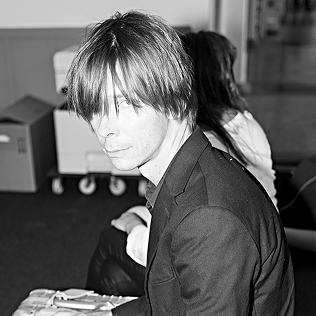
ARTISTS
- TOMOMI ADACHI
- BAS JAN ADER
- TOSHIKO AKAMATSU
- GENPEI AKASEGAWA
- SAORI AKUTAGAWA (MADOKORO)
- NEVIN ALADAĞ
- NATSUMI AOYAGI
- SATORU AOYAMA
- ROSS BIRRELL
- JAYASHREE CHAKRAVARTY
- BONTARO DOKUYAMA
- EI-Q
- HIKARU FUJII
- GANESH HALOI
- MINORU HIRATA
- MICHIO HORIKAWA
- YUKI IIYAMA
- SHUNSUKE IMAI
- ISHIUCHI MIYAKO
- TSUTOMU IWASAKI
- KOJI KAMOJI
- SHINGO KANAGAWA
- YUKI KATSURA
- KIKUJI KAWADA
- SACHIKO KAZAMA
- DANIEL KNORR
- EDWARD KRASIŃSKI
- LEE KIT
- SABURO MIYAMOTO
- KATSURA MOCHIZUKI
- NAEEM MOHAIEMEN
- TAKUMA NAKAHIRA
- KENICHI NAKAMURA
- YUKO NASAKA
- ROSALIND NASHASHIBI
- NASHASHIBI/SKAER
- SAWAKO NASU
- TOSHIKO OKANOUE
- YUKI OKUMURA
- GEN OTSUKA
- QIU SHIHUA
- BORIS REBETEZ
- WILHELM SASNAL
- DAVID SCHUTTER
- OSAMU SHIIHARA
- VIVIAN SUTER
- JIRO TAKAMATSU
- YUTAKA TAKANASHI
- RYUDAI TAKANO
- SHUSUKE TANAKA
- GORO TSURUTA
- DANH VO
- WANG BING
- APICHATPONG WEERASETHAKUL
- ELISABETH WILD
- TAKEO YAMAGUCHI
- ATSUSHI YAMAMOTO
- NOBUO YAMANAKA
- SHINTARO YAMASHITA
- GOZO YOSHIMASU
- ZHANG WEI
VISIT
LOCATION
Okura Museum of Art
2-10-3 Toranomon, Minato-ku
HOURS
November 5–9, 10am–6pm (last entry 5:30pm)
ADMISSION
Advance tickets will be sold via Peatix starting in mid-September.
